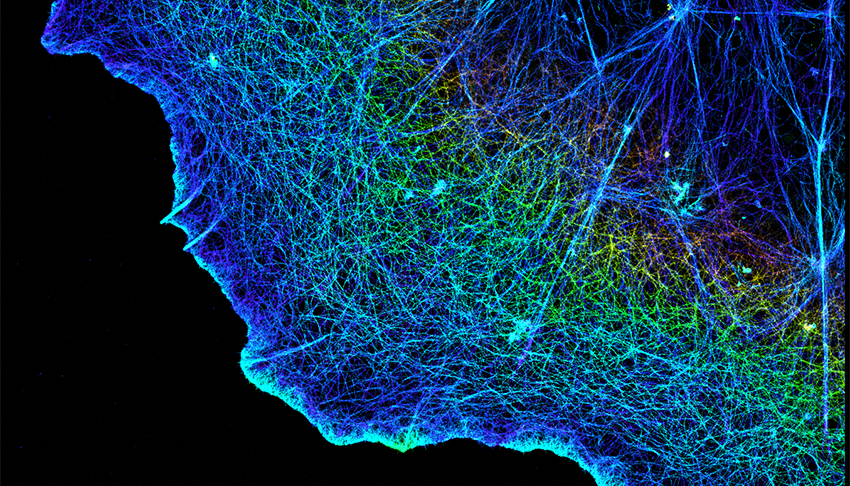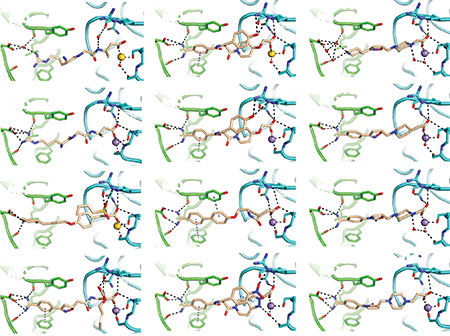
Name a biological function, and proteins called integrins are probably involved in it.
Together, the 24 members of the integrin family allow cells to attach to one another and to the matrix that surrounds them. They help cells decide what to become, where to go, how to respond to their environments, and when to grow, divide, or die.
Integrins’ ubiquity and versatility also mean that when cells bearing them go awry, these proteins can contribute to a range of diseases, from autoimmune diseases to cancer.
The FDA has so far approved six drugs that reduce the activity of specific integrins to treat illnesses such as multiple sclerosis and ulcerative colitis and to prevent blood clots from forming. To the disappointment of scientists, doctors, and patients, however, other promising candidates have failed in clinical trials and curtailed integrins’ potential as treatment targets.
Science & Medicine, Delivered
Harvard Medicine magazine in your inbox




